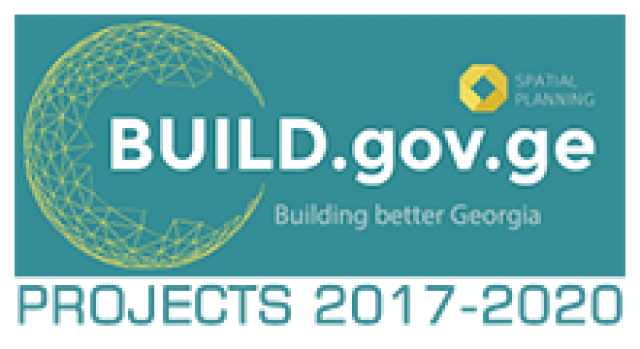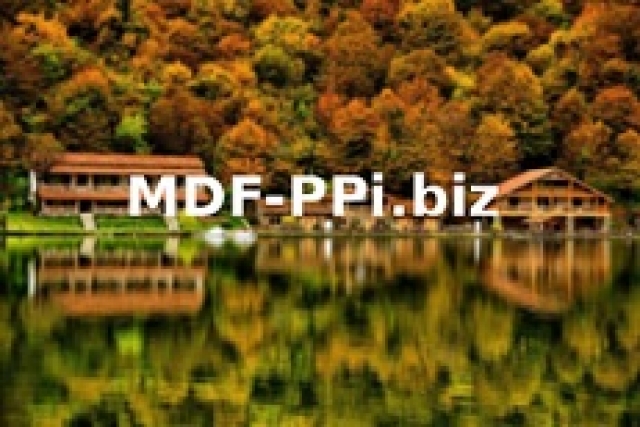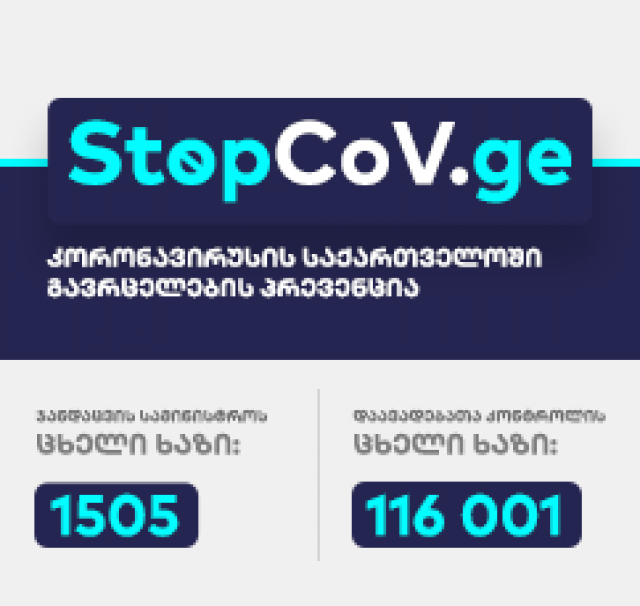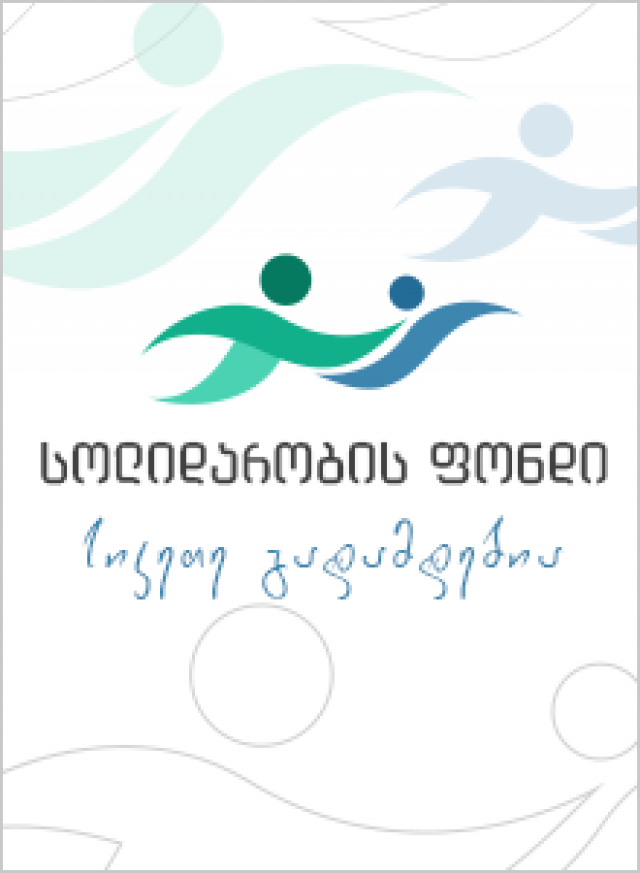Initial Environmental Examination (IEE) document for Section 1 of Modernization of Tbilisi-Rustavi Urban Road project
Executive Summary
Background
The modernization of road section-1of 4 km from Tbilisi to Phonichala forms a part of Tbilisi-Rustavi Highway with a total length of 17.1 km is one of the components /sub-projects identified for reconstruction. The Municipal Development Fund of Georgia (MDF) is the project executing, implementing and disbursing agency. The MDF is the Employer and acts on behalf of the municipality and the Road Department of Georgia. The project will focus on the improvement of the existing transport services linking Tbilisi to Rustavi. The Project includes targeted measures and specific facilities such as provision of interchanges, road widening, bus stops, road marking, revetment, stabilization treatment of sanitary area, footbridge or underpass to ensure a quick, safe and reliable bus services and guarantee proper physical connection with metro network at the entrance of the city.
The national consulting firm WEG has been engaged by DOHWA Engineering Ltd/Transproject Ltd to prepare and deliver the IEE for Tbilisi-Phonichala Project to MDF.
Scope of Report
The IEE demonstrates and describes the need for this Project. The IEE details the Project concept design, proposed method of delivery and proposed location of the Project. This IEE considers the technical constraints of the Project and by doing so presents the potential positive and negative social and environmental impacts that may result from its implementation.
This IEE presents the following:
§ Introduction and assessment methodology;
§ Project Description
§ Legal requirements;
§ Description of existing environment:
§ Socioeconomic condition
§ Considered Project alternatives;
§ An assessment of potential impacts as a result of the Project:
§ Proposed mitigation and environmental management plan;
§ Environmental Monitoring Program
§ Public consultation;
§ Grievance Redress Mechanism
§ Conclusions and recommendations
Objectives
This Initial Environmental Examination (IEE) has been prepared as part of the ADB supports (ADB Loan 2655-GEO) in undertaking the feasibility/design of the Engineering, Procurement, Construction Management and Supervision of the Modernization of Tbilisi-Phonichala Section. Further, this existing road continues towards the Tbilisi-Red Bridge (Azerbaijani Border) Road up to 17.1 km as end of the Project.
The objective of the study is to help the Government prepare and implement an efficient, safe and sustainable transport network, in accordance with international environmental safeguards.
Project Description
This IEE Report is prepared for Section 1: (Subproject-1,Tbilisi to Phonichala, has 4.0km long length of road alignment on the Project. It will be considered upgrading the existing section of the road between Tbilisi (Gulia street square) and Phonichala Settlement (Kvemo Phonichala). The existing 2~6 lanes road will be upgraded to 6 lanes of which the width of each lane has 3.50m. The central barrier is of 6m width. Side walk for pedestrian will be installed on both sides – of 2.5~3.0m width. Pavement is of asphalt concrete. The new road infrastructure includes three bridges, one of which locates at interchange and the other two locate over the dry gorges descending from adjacent slopes to the existing road, and one interchange. Construction of the infrastructure will entail acquisition of additional private land and will affect private structures and businesses somewhat. Besides, construction of the road will require replacement of the existing utilities and communication infrastructures either.
In addition, the project’s special focus will also be given to the improvement of the express bus services linking Tbilisi to Rustavi, with specific facilities such as bus stops, road marking, footbridge or underpass will be developed to ensure a quick, safe and reliable bus services and guarantee proper physical connection with metro network at the entrance of the city.
Government Policies and Legislation, ADB SPS
The Annex 1, presents detail description of the environmental legal framework and administrative structure in Georgia including environmental regulations, measures required and indicates the institutions at the local and national levels responsible for issuing permits, licenses, and enforcing compliance with environmental standards. ADB safeguard requirements; screening and categorization of projects. This Section also provides public consultation procedures; procedure for official submission of EIA/IEE, Rules for construction projects by Government Ministries etc. In addition, information on relevant agencies such as, Road Department, Ministry of Environmental protection, and Ministry of Economy and Sustainable Development are assembled as well.
Summary of Findings
This IEE study has identified that there is the potential for both positive and negative environmental and social impacts to occur as a result of the Project. The IEE has determined that comprehensive and effective management and mitigation measures are feasible to be implemented through all delivery phases of the Project. Such measures could feasibly mitigate potentially negative impacts and enhance the identified potential positive benefits. Key potential negative impacts identified in this IEE if unmitigated include:
§ Impacts to environments are possible from the accidental spillage, leakage or improper management of hazardous substances such as fuels or oils;
§ Wastes generated by the accommodation of personnel living and working on site could pollute nearby environments if improperly managed;
§ Noise from project construction activities may affect local people or nearby fauna
The identified potential negative impacts are likely to be able to be minimized and managed effectively with the implementation of the measures detailed in the Environmental Management Plan.
Potentially positive impacts that could result from the Project include, safe driving conditions for transit motor transport flows and local residents and higher carrying capacity of the road. The design road is also very much important for the socio-economic development of the population of Kvemo Kartli region, particularly for the population and industries in the city of Rustavi and Gardabani region. Many of 120,000 residents of Rustavi work or study in Tbilisi.
In addition, the modernization of Tbilisi-Red Bridge (Azerbaijani border) road will allow transporting the passengers and various goods to Baku, the capital of Azerbaijan through the improved and modern road. This road will also make Tbilisi and Georgian Black Sea resorts and ports more accessible to the population of Azerbaijan.
The community consultation field work resulted in engagement with a large number of stakeholders, across a broad range of socio-economic groups. The main results of this consultation showed that the community is supportive of the proposed Project and perceived benefits of the Project by increasing business and local employment opportunities.
The detailed Resettlement Action Plan is under preparation. At this stage, it is summarized, that this project will affect as minimum 26 households. Its impact is related to permanent take of 36 private commercial land plots with total area of 33,481sq.m. None of the affected land plots is agricultural. No crops are cultivated on the affected commercial land plots. Acquisition of only 4 land plots is associated with losses of nearly 1000 trees. The main impact is related to the loss of land, structures and businesses. In total 20 structures will be destroyed, including 8 operational and non-operational gas filling stations, 2 Car Maintenance Workshops, 1 shop, 1 non-operational café, 1 liquefied gas plant, and 4 complexes of ancillary buildings. 9 legal entities will suffer in terms of business impacts (either temporary interruption or mostly permanent loss of business facilities). According to the ADB SPS 2009 this sub-project is thus classified as of category A and needs the preparation of a Land Acquisition and Resettlement Plan (LARP).
Results of this IEE suggest that the proposed Project is likely to be able to proceed without resulting in any negative significant impacts to physical, biological, or socio-economic environments occurring, if appropriate management measures are implemented. As such, the Project will have overall beneficial impact as well as some minor negative impacts that will be carefully monitored and adequately mitigated. Therefore, the completion of this IEE fully meets the MoE and ADB requirements and submitted to MoE to obtain Environmental Impact Permit.








